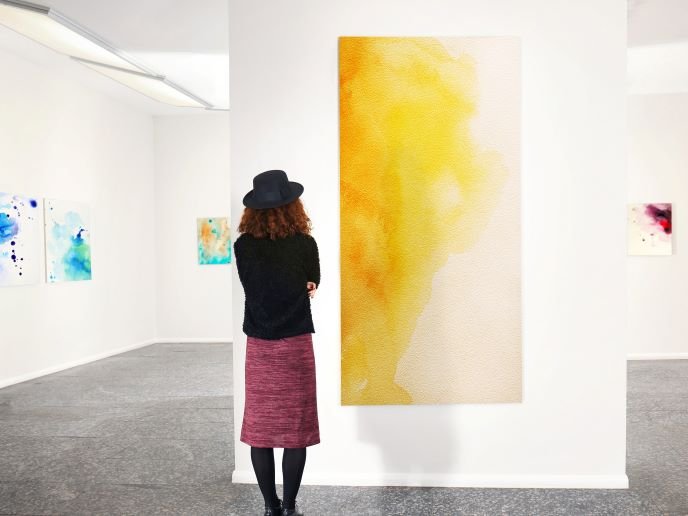How to attract more visitors to modern art museums

Originally published by Cordis EU research.
A study led by the University of Florence has shown that visitors to a modern art museum feel more excited and positive about the artworks they see when they have full information about them. Supported by the EU-funded GenPercept project, the study suggests that descriptive labels lead to better comprehension and a more satisfying aesthetic experience than simple labels providing only basic information about the artwork. The findings were published in the journal ‘PLoS ONE’. Employing educational tools have become a strategic goal for museums, since they have been found to play a vital role in improving non-expert visitors’ cultural and aesthetic experience. However, research on how artwork descriptions affect the quality of visitors’ aesthetic experience has been in short supply. Thirty university students aged 21 to 30 years participated in the study. The students had a high school-level art history background, and none of them were studying art. They visited a modern art museum once and before seeing the paintings were provided with only basic information about each artwork: the artist’s name, the artwork’s title, the year and the technique used. When they returned five to six weeks later, 10 students were given the exact same information, while 20 were given more detailed descriptions of each artwork, including its background and meaning.
More details are better
“We found that, after detailed descriptions, observers spend more time inspecting artworks, their eyes wander more looking for the described elements, their skin conductance and pupil size increase, and overall, they find the content less complex and more arousing,” explain the authors in the study. In contrast, the 10 participants who received the basic information again the second time round spent much less time viewing the artwork on their second visit. The 20 participants provided with detailed descriptions described themselves as experiencing more positive and fewer negative emotions the second time round. They also found that the artwork was easier to understand and its title seemed more informative. However, their aesthetic appreciation of each artwork and their interest and curiosity in other artworks by the same artists did not change. The GenPercept (Spatio-temporal mechanisms of generative perception) study’s findings indicate that people benefit greatly in terms of cognitive and emotional involvement when provided with detailed information on modern artwork. “Overall, our work suggests that elaborating effective labels, based on scientific evidence rather than on qualitative observations, should be a primary goal for museums,” the researchers emphasise. “Indeed, if museums aim to attract a wider public, they need to focus their attention on didactic tools provided by panels and captions, with the hope to fill the gap generated by the lack of art knowledge. This is particularly relevant for modern art which is less known and harder to understand and appreciate by non-art experts, that can otherwise perceive the museum visit as a frustrating experience due to their little art education.” For more information, please see: GenPercept project website